If you’re using AI, use a trained eye
Have you ever wondered how AI could transform your professional life? Could it be the game-changer you’ve been waiting for, or is it just another overhyped technology? As part of my professional development supported by Sparrowly Group, I’ve been diving into the world of AI, experimenting with its use in professional settings. The Australian Evaluation Society hosted a fantastic series of sessions during their FestEVAL, which sparked a lot of thoughts and learnings I'd like to share.
The biggest takeaway for me was the delicate balance between innovation and caution. There are compelling arguments from both AI enthusiasts and those more wary of its adoption. On the plus side, AI can boost efficiency by speeding up mechanical tasks and editing existing texts. It's also a great tool for quickly learning and researching new topics. However, it has its downsides. AI can be inaccurate, and good results often depend on the skills of the person using it. Plus, it can perpetuate existing human biases.
So, where do you stand? Are you an enthusiastic user or a cautious non-user? No matter your stance, it's crucial to apply professional judgement both before and after using AI. Using AI without careful consideration can lead to inaccurate, less human-centric work. On the flip side, avoiding AI altogether means missing out on potential efficiencies and advancements.
What I'm advocating for is a human-centred design approach to AI adoption. Integrate AI use into your human-centred project plans and be prepared to explain and defend your choices. Always ensure that trained professionals review the AI’s outputs, as checks and balances are key to maximising benefits while minimising risks.
At Sparrowly Group, we often use Chat GPT to review lengthy strategy documents and extract specific pieces of information during research phases of projects, referencing the pages they came from. This method allows us to quickly find and verify specific information, maintaining a tight scope of work for the AI. We decide what information we need, validate its accuracy, and use the outputs as designed. And, most importantly it gives us more time to spend in stakeholder and community engagement co-designing solutions in person and building advocacy where it matters.
We recently ran a webinar for Economic Developers on how to use AI for economic development, stepping them through a use case on circular economy, an important global topic and especially at a local government level. You can watch this webinar here (skip to 6 mins 40sec where we kick off).
This approach bridges the gap between AI enthusiasts and sceptics. It keeps the excited hip-firers grounded in reality and provides structure for the cautious to start exploring AI.
P.S. I used my professional judgement to ask Chat GPT to tweak this blog for grammar and flow, but all the points and thoughts are my own. Here are some more tips:
Always prompt Chat GPT to provide references if you're asking for information and check these sources yourself.
When getting Chat GPT to edit your work, provide a detailed outline with your main points and content. Give specific instructions like "check for grammar, ensure it’s written in an informal tone."
Review and edit the outputs to ensure they read naturally. Embrace a bit of imperfection—it’s what makes us so uniquely human!

